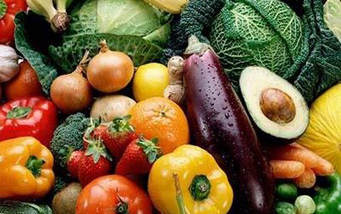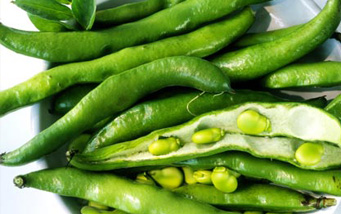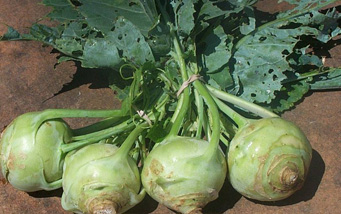
Red peppers are high in vitamins A and C, which are antioxidant vitamins. They are also a source of vitamin B6 which is essential for releasing energy from protein. To get the same amount of vitamin C as just half a red pepper, you would need to eat 2 oranges, 3 kiwis or 40 cherry tomatoes! Read more
post by admin, No comments yet

Tomatoes just blush with goodness! They are good sources of Vitamin C and beta-carotene and the richest source of the antioxidant lycopene. Low lycopene levels are associated with prostate and breast cancers. Tomatoes contain other phytochemicals which, together with their lycopene levels, make them an excellent addition to your salad. Interestingly this is one case where processing can actually enhance the availability and absorption of nutrients. Read more
post by admin, No comments yet

According to new Spanish research if you allow children a choice of vegetables, it results in them eating as much as 80 percent more veggies! The researchers at the University of Granada also found the bitterness of calcium (found in vegetables such as spinach, collard greens, cabbage, onions, chard or broccoli) can be very offputting for children and one of the reasons they may reject vegetables. Read more
post by admin, No comments yet

Broad beans are high in vitamin C and fibre. They also contain levodopa (L-dopa), a chemical the body uses to produce dopamine (the neurotransmitter associated with the brain’s reward and motivation system). Runner beans are also a source of vitamin C.
Read more
post by admin, No comments yet

Kohlrabi’s flavour is similar to fresh broccoli stems with a mellow touch of radish. Both the stems and leaves are edible, and are particularly good raw in coleslaws. It’s high in folate and vitamin C so give your gums a good nutritional workout and get them around this German turnip.
Read more
post by admin, No comments yet





